Electrical & Electronics Engineering is an innovative assimilation of Basic Core Branches of Electrical, Electronics, and Computer Engineering. In depth knowledge of principles of these interlinked fields allows an EN Engineer to levitate in diverse portfolios.
At VIT we cover following topics as per the guidelines of the University:
Electrical energy systems – encompass the study and design of electrical transmission systems, electrical machines and variable speed drives; high power electronic converters and high voltage engineering. This requires engineering on a grand scale, such as power distribution across Southern Africa. Power generation from renewable resources, such as wind and sun, and electrical transport, such as battery electrical vehicles, are of growing importance in the electrical engineering field and postgraduate studies.
Electronics – the study of components and circuits used to construct items such as audio amplifiers, radio transmitters and computer circuits. Students learn about elementary electrical components, transistors, integrated circuits, computer circuitry and power electronics. The field specialises in areas such as microwave electronics, superconducting electronics, ultra-high speed electronics and the prevention of electromagnetic interference between devices.
Electromagnetic systems – are diverse and complex, ranging from the study of the electromagnetic effects of motors and electrical insulators to radio and radar antennas, radio waves and visible light (fibre optics). The scope of study ranges from undergraduate introductory courses to world class research at graduate level.
Computer systems – students are trained to design and implement computers and digital electronic systems. This field also covers the design and construction of microcomputers built to control almost every electrical appliance, from automatic irrigation systems to autopilots for aircraft. Computer programming for embedded systems and reconfigurable logic circuits and the use and development of real time operating systems to address a variety of engineering problems, are also of key importance.
Control systems – range from the temperature control in air conditioning systems to the sophisticated automatic landing systems that allow aircraft to land autonomously in thick fog or to point camera systems accurately from satellites to target areas on the ground. Students learn techniques to design control systems for both electronic (analogue) and computer (digital) implementations and also to apply the knowledge in other branches of engineering.
Signal processing – Speech, radio waves and television images are all examples of signals. Students study the behaviour of these signals and apply computers usefully to process them (eg speech, speaker and image recognition, software defined radios and protocols). Mathematical aids are created to analyze and understand these signals. Postgraduate students are involved with leading edge research in speech processing, radar and sonar, image processing, software.
Labs: All Labs of EN are well equipped to gauge a curious mind. Lab work and problem solving form a vital part of the curriculum.
Job Prospects: Electrical & Electronics Engineer are one of the most sought after Engineers in today’s world. With constant growth and development all around, there is tremendous job opportunity in both Government and Private Sectors.
Here are some typical job titles for Electrical & Electronics jobs:
• Design Engineer
• Project Engineer
• Engineering Specialist
• Chief Engineer
• Quality Control EngineerSoftware Engineer
• Development Engineer
• Reliability Engineer
• Research Engineer
• Systems Design Engineer
• Field Engineer
• Test Engineer
• Sales Engineer
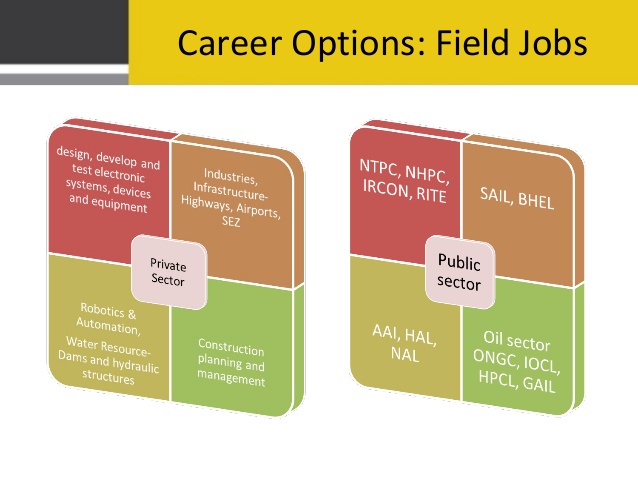
Career Options 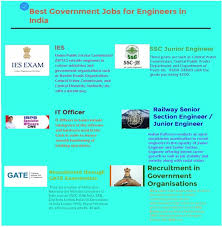
Government Exams 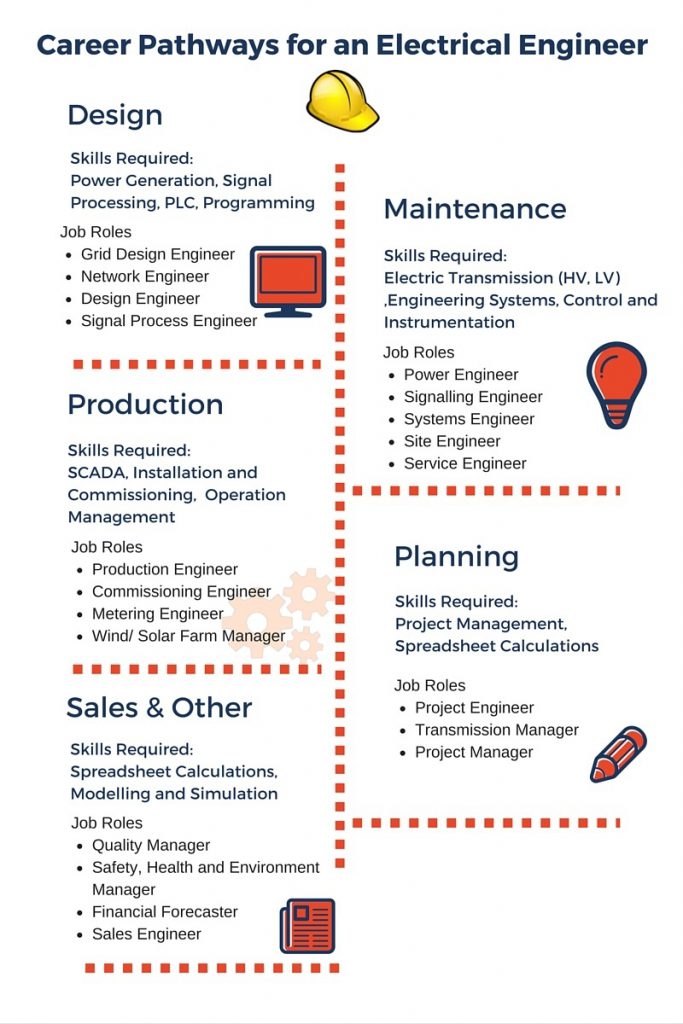
Private sectors 
Job sectors
Overview Of Electrical Engineering
Emerging Technologies in Electrical Engineering
Quick Links -:
- Electrical & Electronics branch labs
- Emerging technologies in electrical engineering
- final year projects
- Certification-courses
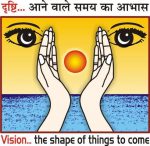
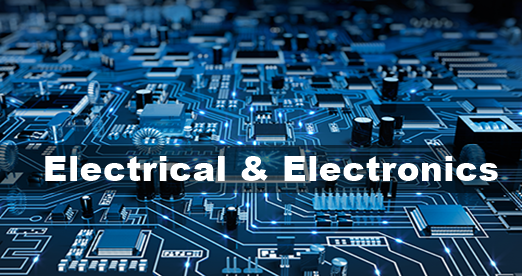
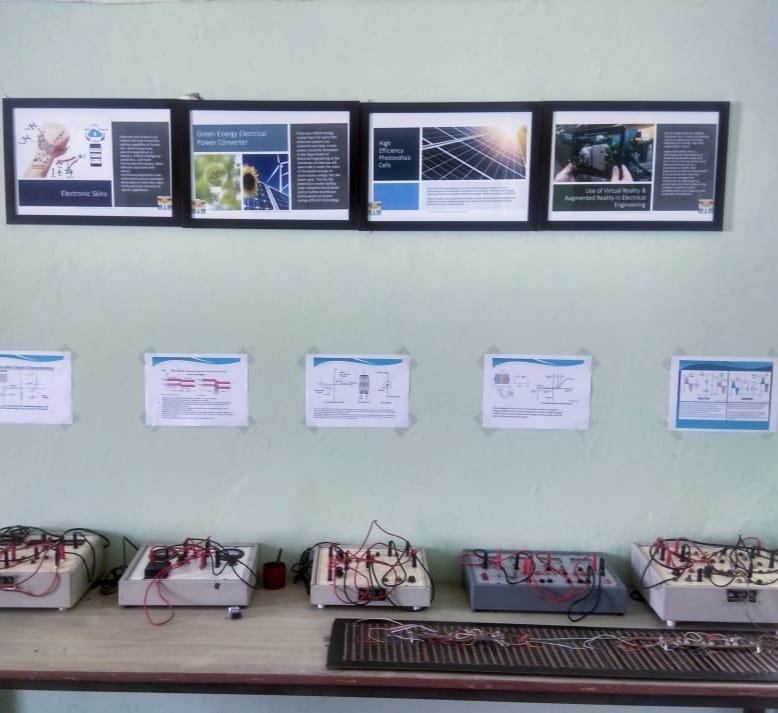
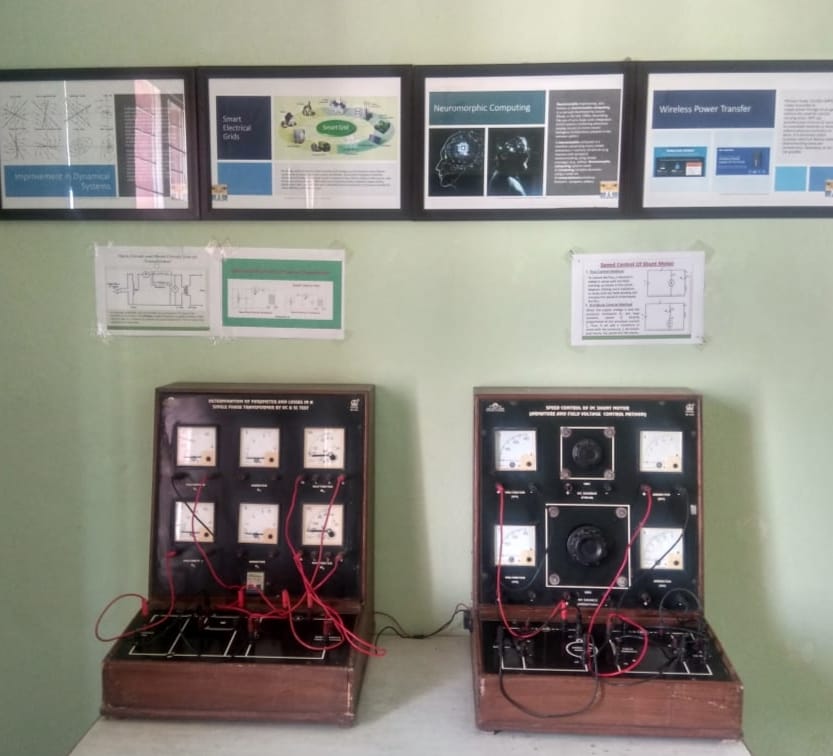


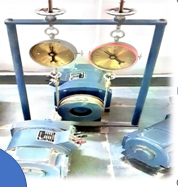
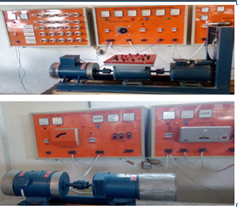

Nice